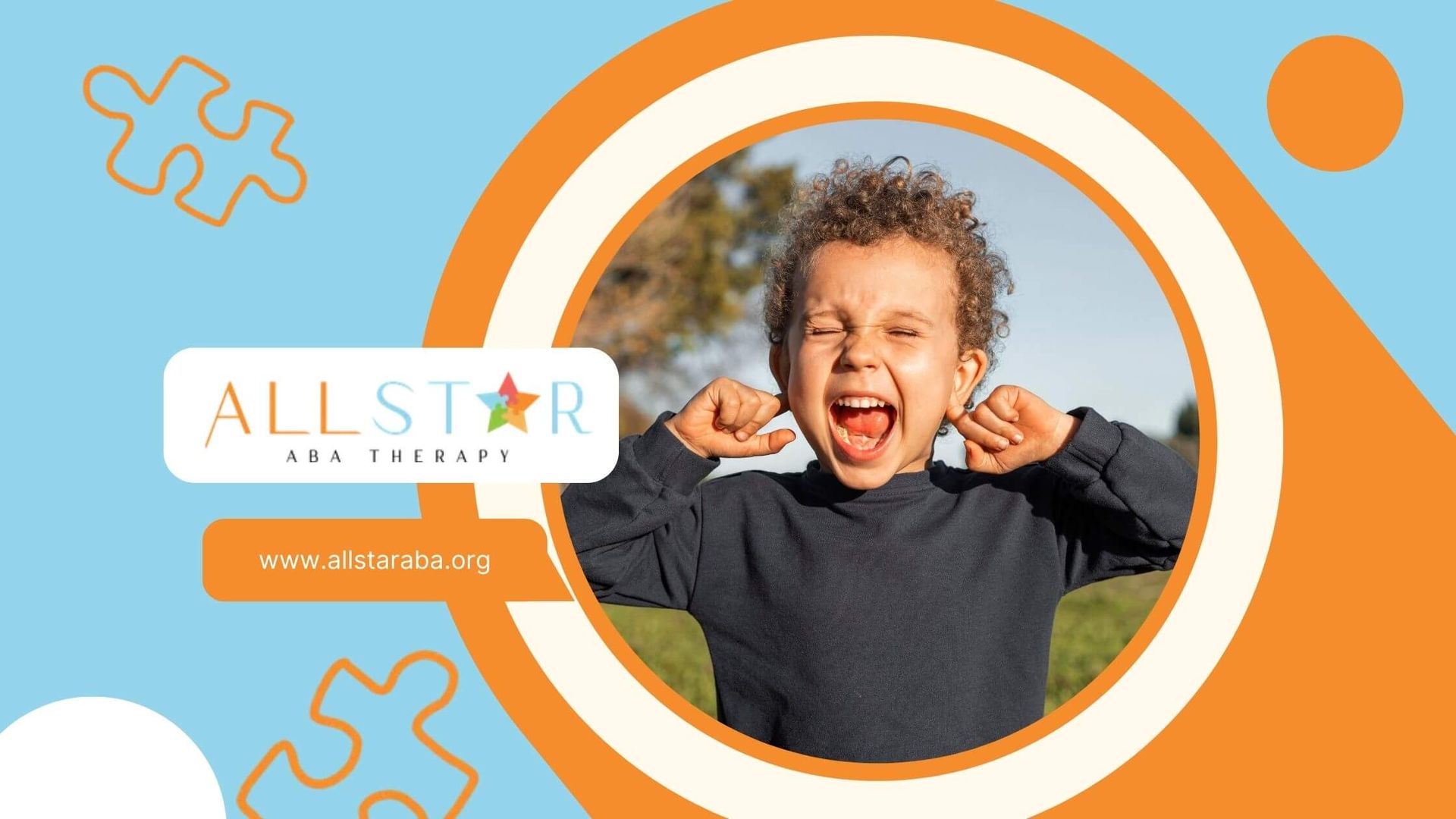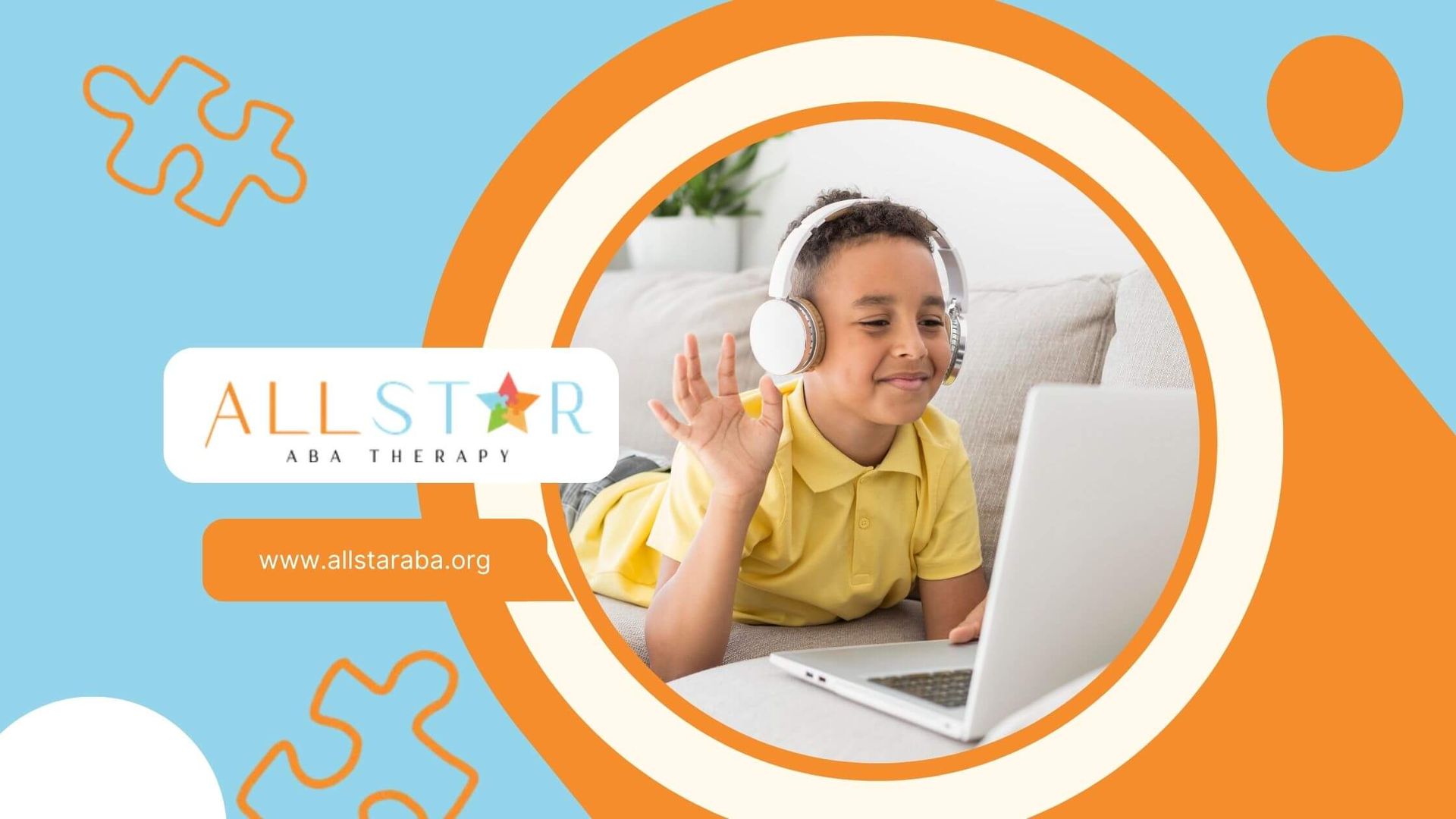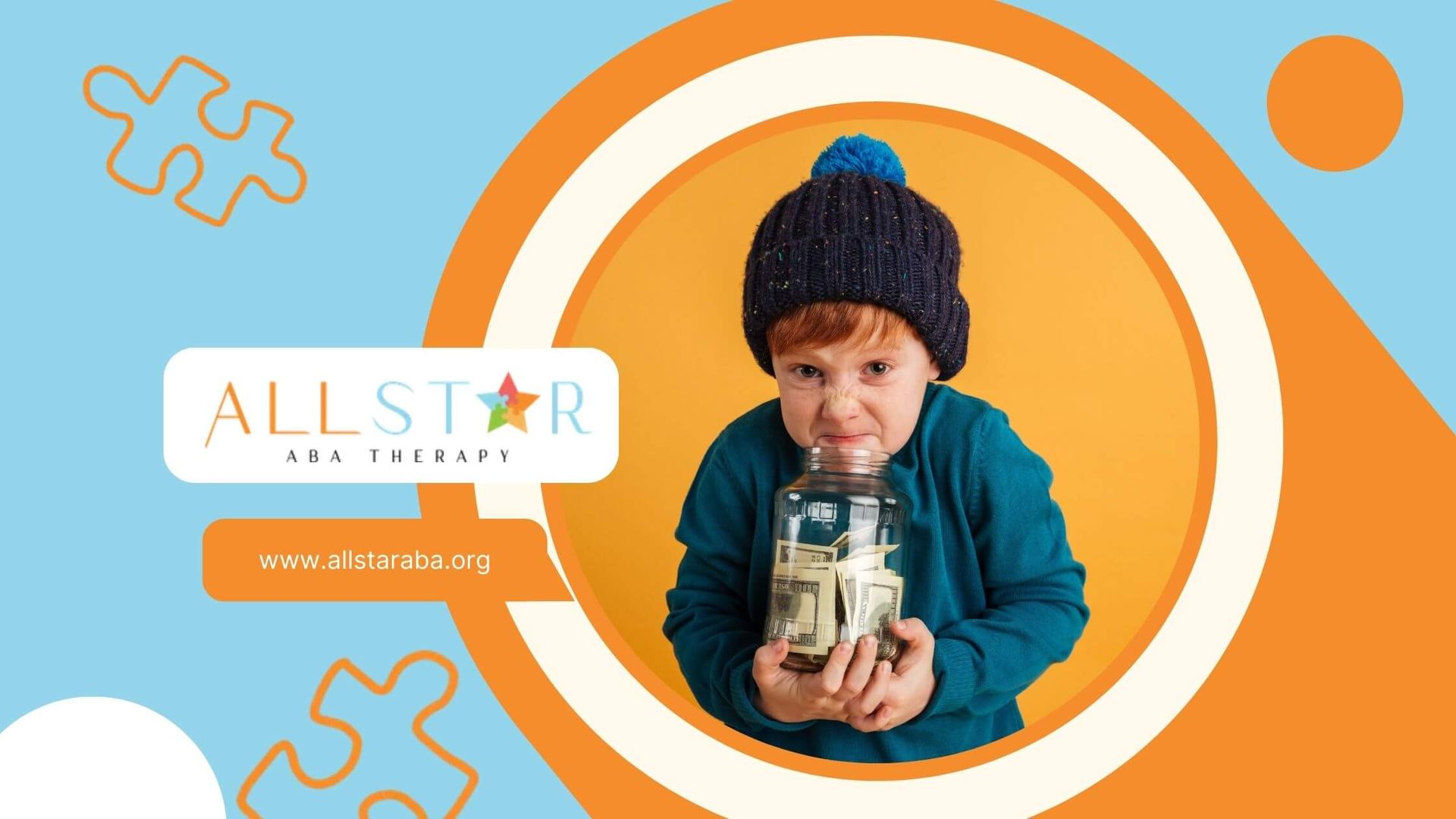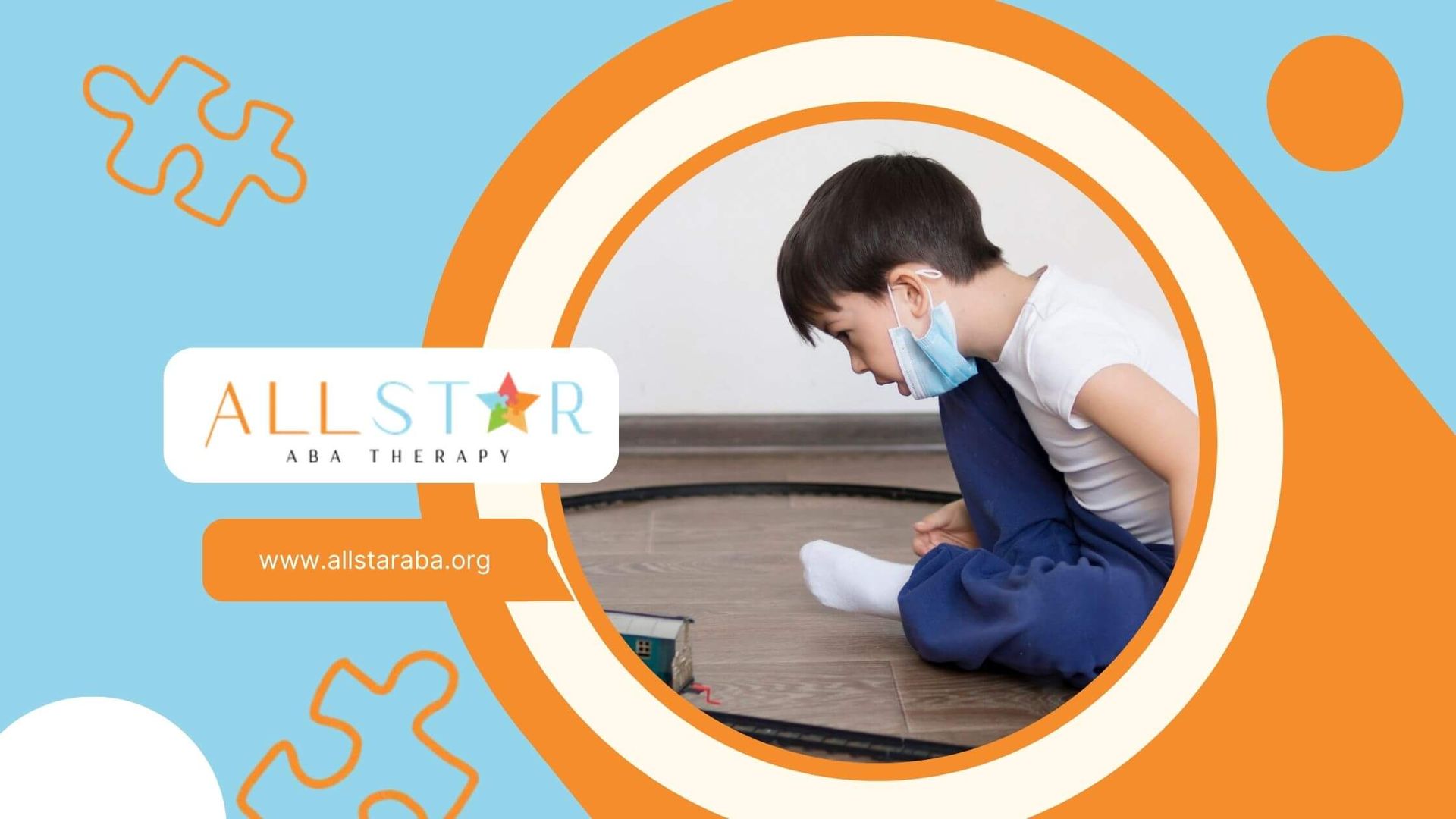New Paragraph
Comprehensive ABA vs Focused ABA: Key Differences Explained
Applied Behavior Analysis (ABA) is one of the most effective evidence-based therapies for individuals with autism spectrum disorder (ASD). It focuses on teaching new skills and reducing challenging behaviors by understanding how behavior works and how it is affected by the environment.
ABA is not a one-size-fits-all therapy. Each plan is tailored to the individual's needs, goals, and developmental level. Two primary models of ABA therapy are Comprehensive ABA and Focused ABA. Understanding the differences between these models can help parents and caregivers make informed decisions when selecting the most suitable therapy for their child.
In this blog post, we'll break down the purpose, structure, and benefits of each approach, discuss who each is best suited for, and offer guidance on how to choose between comprehensive ABA vs focused ABA.
What is ABA Therapy?
Before diving into the differences, it's important to understand what ABA therapy is. ABA uses principles of learning and motivation to bring about meaningful and positive changes in behavior. ABA therapists work with individuals on skills like:
- Communication and language
- Social skills
- Self-care and daily living
- School readiness
- Managing behaviors
ABA programs are highly individualized and data-driven, ensuring that progress is tracked and interventions are continually refined for the best outcomes.
What is Comprehensive ABA?
Comprehensive ABA therapy is a more intensive and broad-based intervention. It aims to address multiple areas of development simultaneously and often involves a significant number of weekly therapy hours.
Key Features of Comprehensive ABA:
- High-intensity intervention (typically 25–40 hours per week)
- Targets a wide range of skill areas
- Often includes language, play, social skills, daily living skills, and academic readiness
- Suitable for younger children or those with more significant developmental delays
- Typically lasts 1 to 3 years depending on individual needs
Comprehensive ABA is often recommended for children in early development stages, particularly between the ages of 2 to 6. Early intervention at this stage can lead to the most significant improvements in developmental outcomes.
Benefits of Comprehensive ABA:
- Holistic approach to development
- Strong foundation for long-term skill building
- Reduces the need for more intensive support later in life
- Prepares children for inclusion in typical academic and social settings
What is Focused ABA?
Focused ABA, on the other hand, targets specific behaviors or skill sets rather than providing intervention across all developmental domains. It requires fewer therapy hours per week and is often suited for individuals who have already developed foundational skills or need help with a specific challenge.
Key Features of Focused ABA:
- Lower intensity (typically 10–20 hours per week)
- Targets specific behaviors such as:
- Tantrums or aggression
- Communication deficits
- Social challenges
- Self-injury
- Toilet training
- Can be used for children, adolescents, or adults
- May follow a comprehensive program or serve as a stand-alone intervention
Focused ABA is ideal when the goal is to make meaningful progress on one or two high-priority areas. It’s also useful when a child is transitioning between levels of care or support, such as from full-time therapy to part-time or from therapy to school.
Benefits of Focused ABA:
- Flexible and adaptable to specific needs
- Efficient use of therapy hours
- Can address high-impact behaviors quickly
- Ideal for transitioning into less intensive supports
Key Differences: Comprehensive ABA vs Focused ABA
| Feature | Comprehensive ABA | Focused ABA |
|---|---|---|
| Therapy Hours | 25–40 hours/week | 10–20 hours/week |
| Scape | Broad (multiple domains) | Narrow (specific skills/behaviors) |
| Duration | Long-term (1–3 years) | Shorter-term or ongoing as needed |
| Best For | Younger children or those with significant needs | Individuals needing help with specific issues |
| Goals | Foundational development across all areas | Mastery or improvement in targeted behaviors |
How Do I Know Which One is Right for My Child?
Choosing between comprehensive ABA vs focused ABA depends on a variety of factors, including:
- Your child’s age and developmental level: Younger children with broad developmental delays typically benefit more from comprehensive ABA.
- The severity and number of skill deficits: If your child needs support in multiple areas (language, play, behavior), comprehensive ABA may be better.
- Behavioral challenges: For children exhibiting specific problem behaviors, focused ABA may provide quicker, more efficient results.
- Available time and resources: Consider the intensity and time commitment required for comprehensive ABA.
- Your long-term goals: Whether you're aiming for school readiness, behavior reduction, or improved social functioning will influence the type of program recommended.
Ultimately, a qualified Board Certified Behavior Analyst (BCBA) will assess your child’s strengths, needs, and developmental history to recommend the best course of action.
Transitioning Between Models
It’s important to note that comprehensive and focused ABA are not mutually exclusive. Many children begin with a comprehensive ABA program and later transition into focused ABA as they make progress. This transition allows for continued growth while adjusting the intensity of services.
In some cases, a child may even switch back to comprehensive therapy if new developmental needs arise. The flexibility of ABA therapy means it can adapt to your child’s evolving needs over time.
The Role of the BCBA in Determining the Right Plan
The BCBA plays a crucial role in designing, monitoring, and adjusting your child's ABA therapy plan. Through a comprehensive assessment process, the BCBA evaluates:
- Developmental milestones
- Communication and language abilities
- Social and play skills
- Behavior patterns
- Family goals and concerns
Based on this information, the BCBA recommends the type of ABA model that will offer the most benefit. They also work with the family to ensure therapy fits into the child’s routine and supports meaningful change.
Parent Involvement Matters
Regardless of the therapy model, parent involvement is a key factor in success. When parents understand and implement ABA strategies at home, it reinforces skills and promotes faster progress.
In comprehensive ABA, parents may receive more in-depth training and regular updates. In focused ABA, parent collaboration is still essential to ensure that strategies are applied consistently across environments.
Insurance and ABA Coverage
Many insurance plans recognize the medical necessity of ABA therapy and provide coverage for both comprehensive and focused programs. However, coverage may vary depending on:
- The insurance provider
- Your child’s diagnosis
- Medical documentation
- State regulations
It’s important to verify your benefits and understand what type of ABA services are covered. Some policies may limit the number of hours, while others may fully fund early intervention programs. Your provider's billing team can assist in navigating these details.
Final Thoughts
Both comprehensive ABA and focused ABA are powerful tools for supporting individuals with autism. The right choice depends on your child’s unique profile, therapy goals, and current developmental stage. Remember, these approaches can complement each other over time and be adjusted as your child grows and changes.
When looking for support, it’s essential to work with a trusted provider who understands how to tailor ABA services to your child’s specific needs. At All Star ABA, we offer both comprehensive and focused ABA programs designed to help your child thrive at every stage of development. Contact us today to schedule a consultation and find the path that’s right for your family.
Frequently Asked Questions
Can my child switch from focused ABA to comprehensive ABA if needed?
Yes, children can move between therapy models as their needs change. A reassessment by a BCBA can determine whether a different approach would better support current goals.
Is focused ABA less effective than comprehensive ABA?
Not necessarily. Focused ABA is highly effective when the goal is to address specific behaviors or skill areas. It’s about matching the approach to the individual’s needs rather than one being better than the other.
How many hours of ABA therapy does my child need?
This depends on the severity of the diagnosis, goals of treatment, and age of the child. A BCBA will conduct a formal assessment and recommend an appropriate number of weekly therapy hours based on those factors.
Sources:
- https://pmc.ncbi.nlm.nih.gov/articles/PMC9983163/
- https://www.autismparentingmagazine.com/autism-meltdowns/
- https://www.bacb.com/bcba/
- https://www.verywellmind.com/what-is-an-aba-design-2794809
- https://pmc.ncbi.nlm.nih.gov/articles/PMC6269398/
Need Support?
We're Here to Help!
Our experienced team is ready to assist you. Reach out today to discuss how we can support your child's development and well-being.
Get started with expert ABA therapy today.








